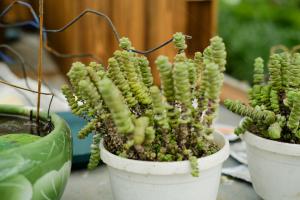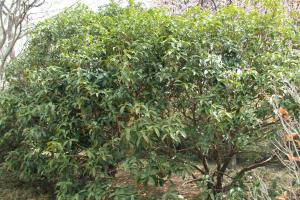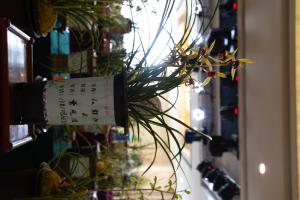Can You Plant a Plant in Glass?
Do you have a plain glass vase lying about in your home, and you’re not sure what to do with it? How about using it to decorate your home with a plant? Glass jars, bowls, and vases can be an excellent alternative to traditional pots, but there are a few things to consider before repotting your houseplants to a glass container.
Favorable Plants for Glass Containers
Most terrestrial plants can thrive well in glass containers, but some are better suited than others. Plants that grow slowly and require less water are ideal choices for these containers, including succulents like cacti, aloes, and jade plants. Also, ferns, pothos, and snake plants are low-maintenance and, therefore, suitable for glass containers.
Pros of Using Glass Containers
There are several advantages of using glass containers to house your houseplants. For one, they come in various shapes and sizes, which means you can choose whichever best matches your style and your houseplant. Another benefit is that glass containers allow you to view and appreciate your plant's root growth—something that's not possible with conventional pots. These clear containers also enable you to see when the soil needs water, which can provide you with a visual reminder to water the plant.
Disadvantages of Using Glass Containers
While glass containers can be aesthetically pleasing, there are several disadvantages to consider before replanting your houseplants in glass. Firstly, glass containers often lack drainage holes, which are crucial for preventing waterlogging and root rot in plants. Without proper drainage, water can collect at the bottom, making it challenging for plants to receive sufficient oxygen. Secondly, glass containers can be too transparent, exposing the plant to too much sunlight, which can cause scorching of leaves and damaging the plant. Lastly, glass containers can be quite heavy, so if you're planning to move the plant into different spots in your home, the weight of the container can be an issue.
Prepping a Glass Container for Planting
Before repotting a plant into a glass container, it's vital to prepare the container well. Firstly, choose a container with a wide open mouth that's large enough to hold the plant, soil, and some extra room for growth. Secondly, place pebbles or small stones at the bottom of the container, which will help improve drainage. Thirdly, add soil, making sure there's enough space for the plant roots to develop. And lastly, water the soil well before planting the plant.
Conclusion
While glass containers do not suit all plants equally, they can be used to create stunning and different arrangements of decoration for your home. Remember to choose slow-growing plants that require less water and always precaution about the lack of drainage. But once you've found the right plant and container, get planting!

 how many times do yo...
how many times do yo... how many planted tre...
how many planted tre... how many pine trees ...
how many pine trees ... how many pecan trees...
how many pecan trees... how many plants comp...
how many plants comp... how many plants can ...
how many plants can ... how many plants and ...
how many plants and ... how many pepper plan...
how many pepper plan...































